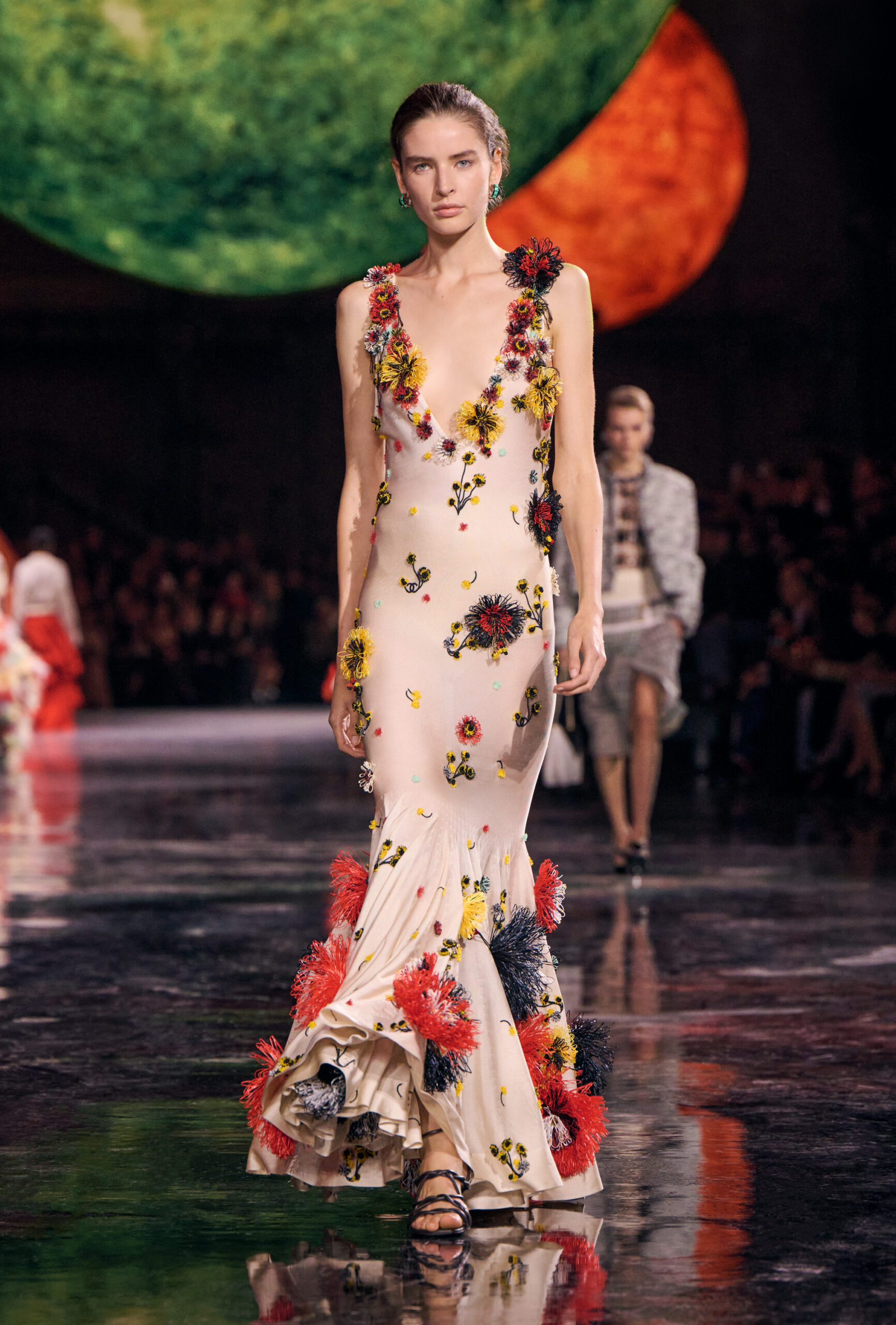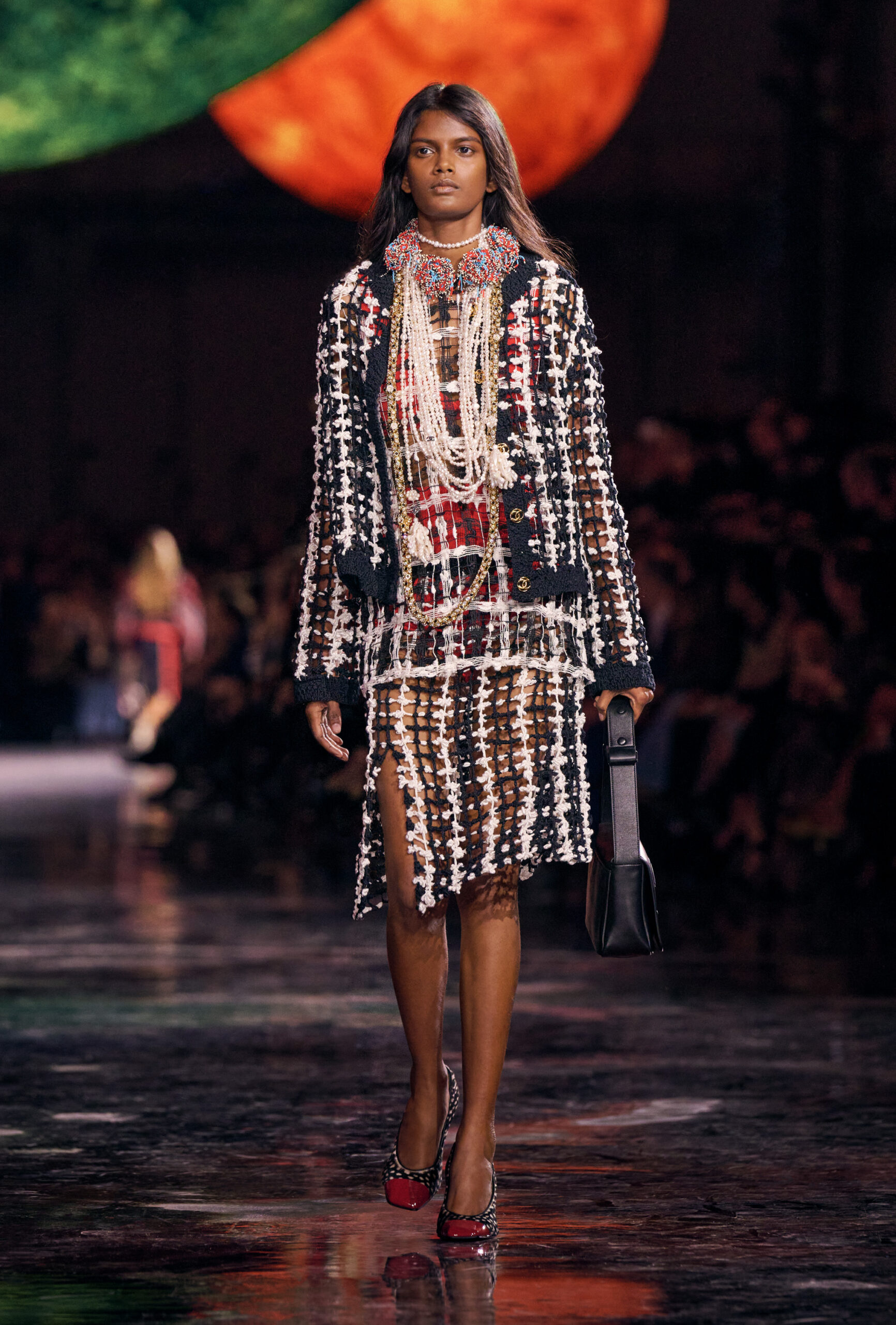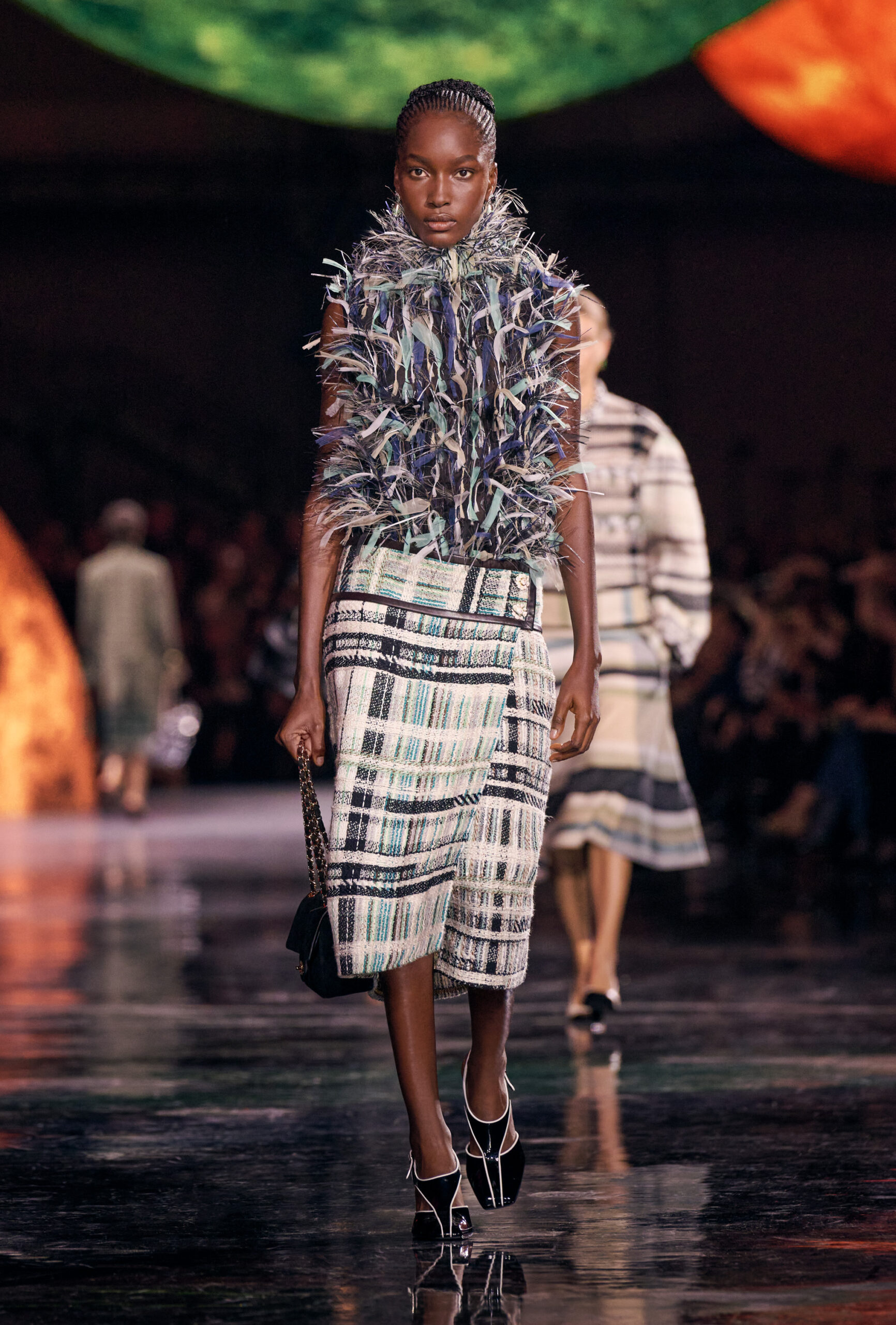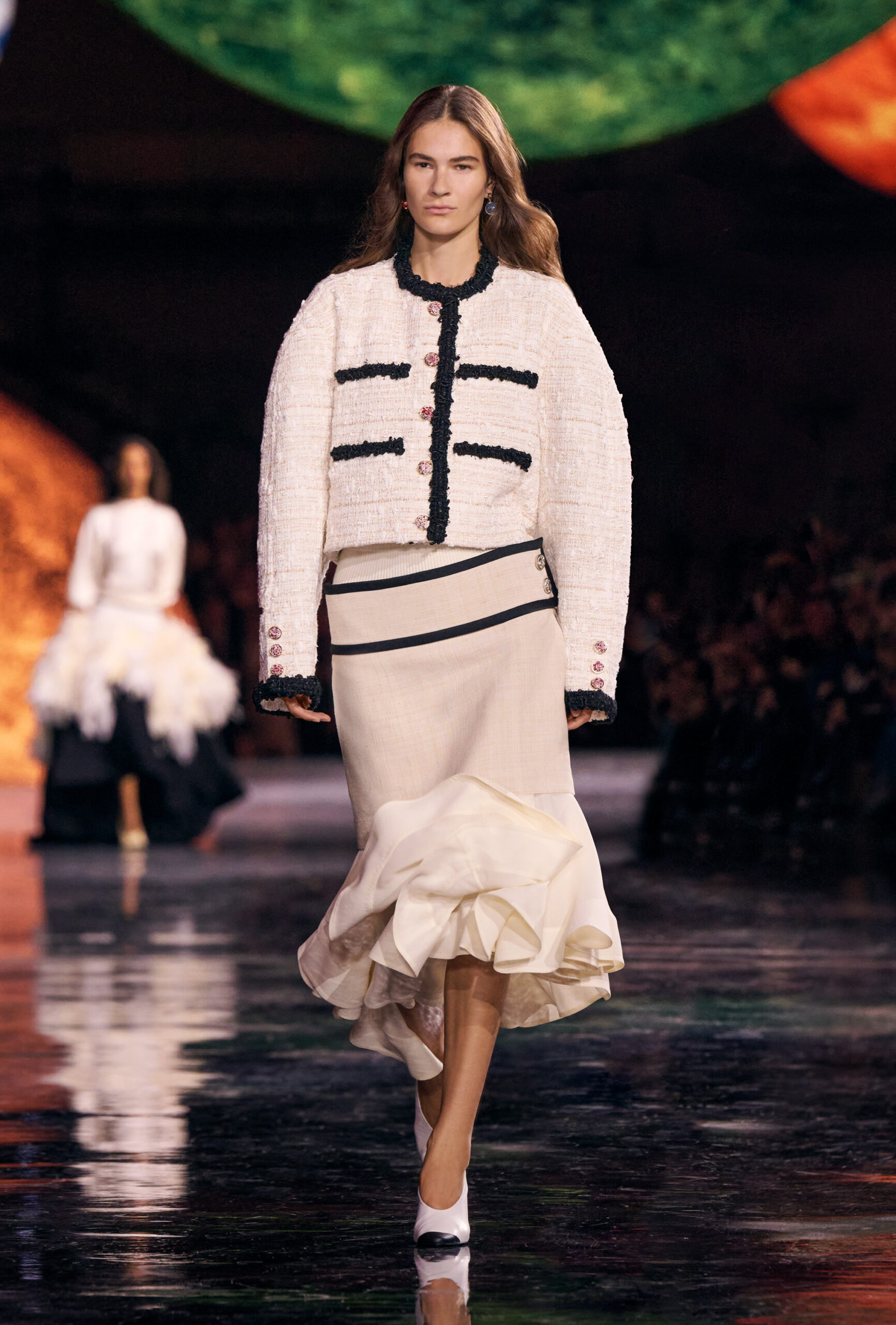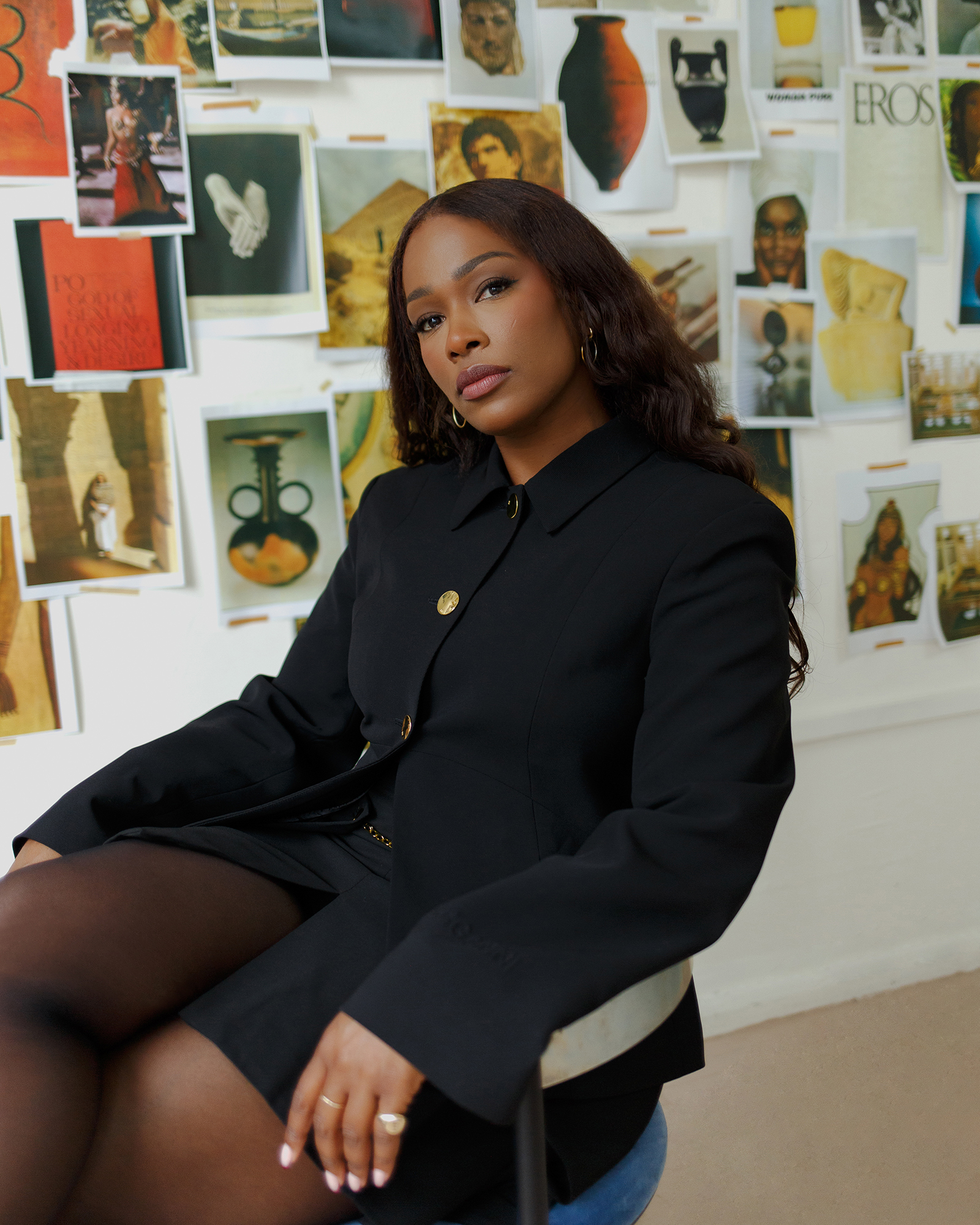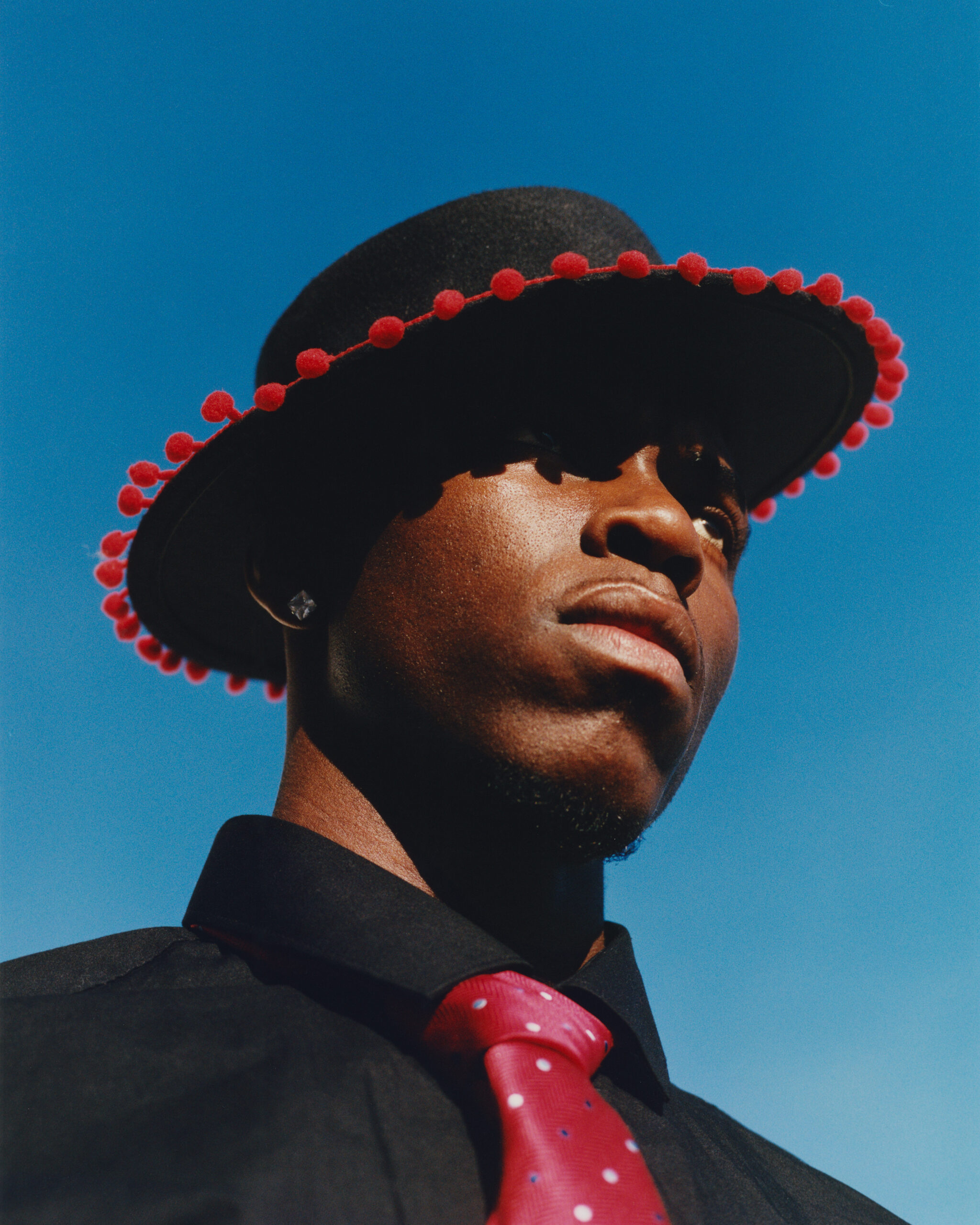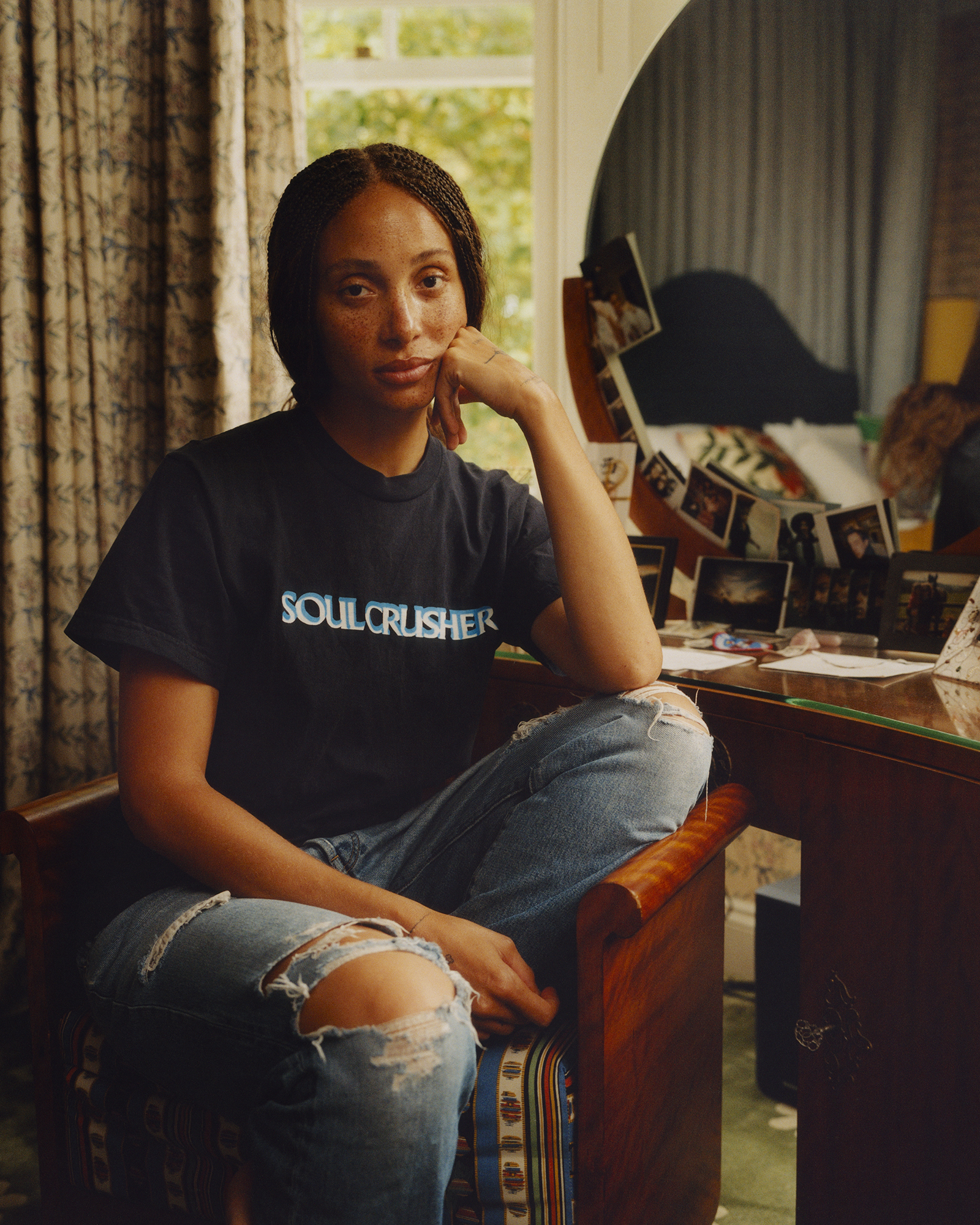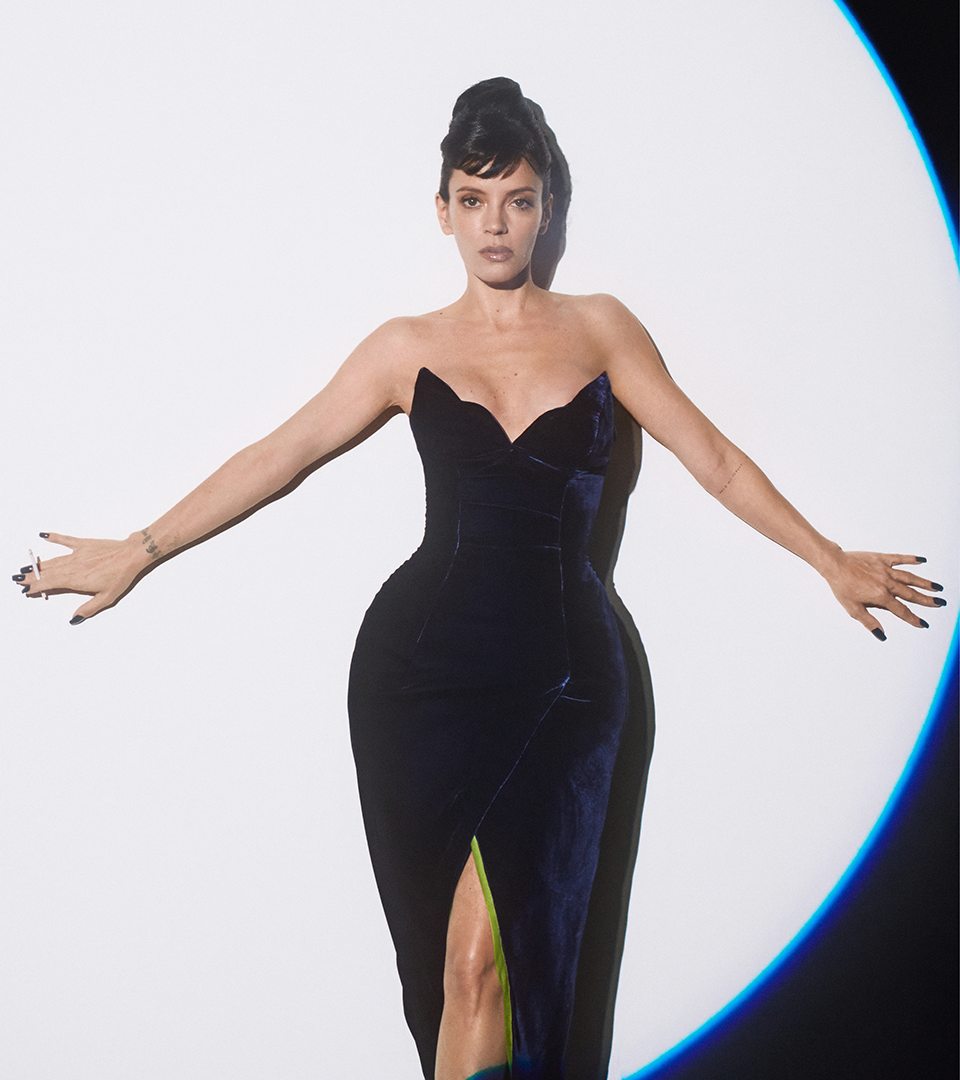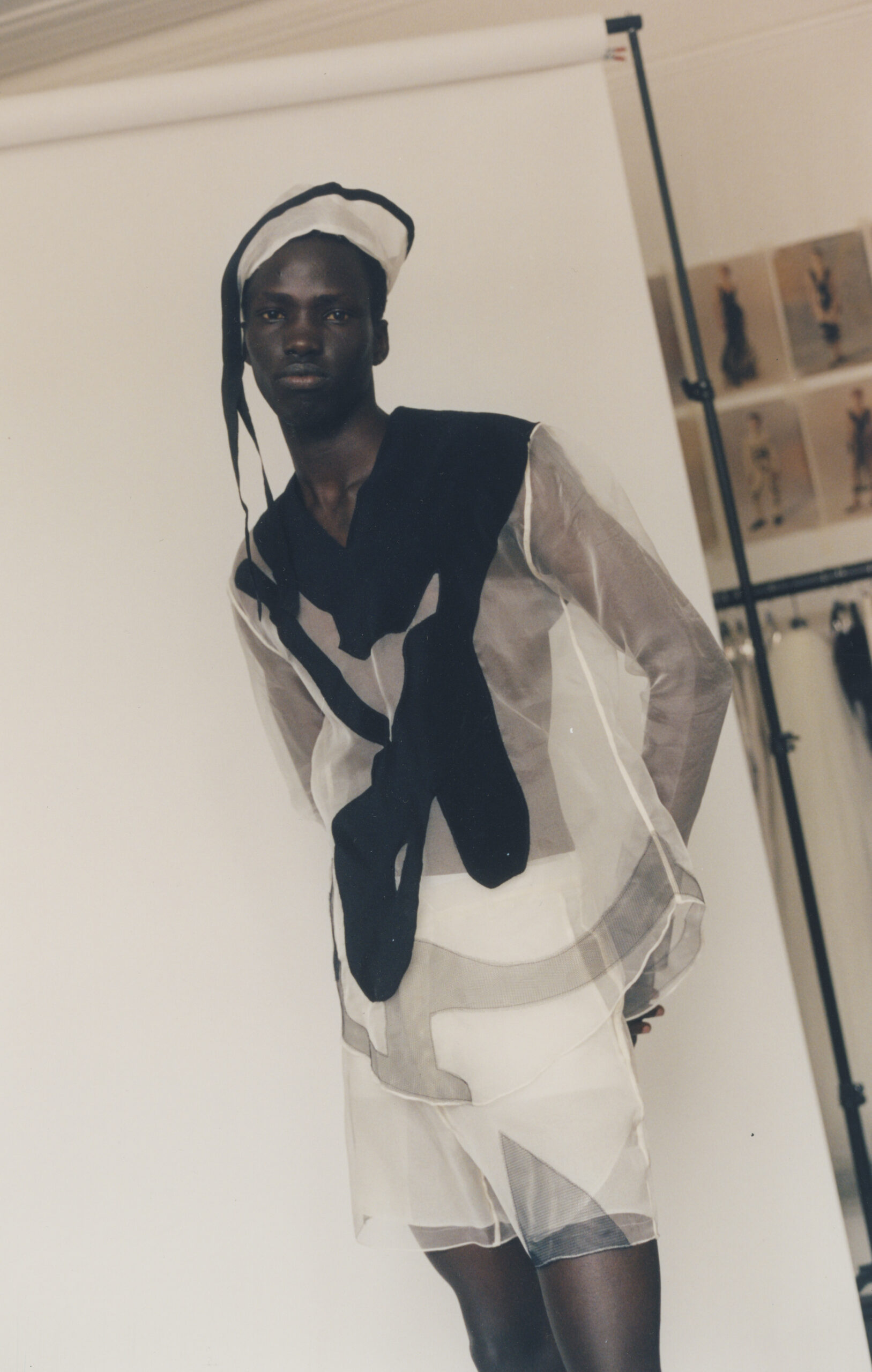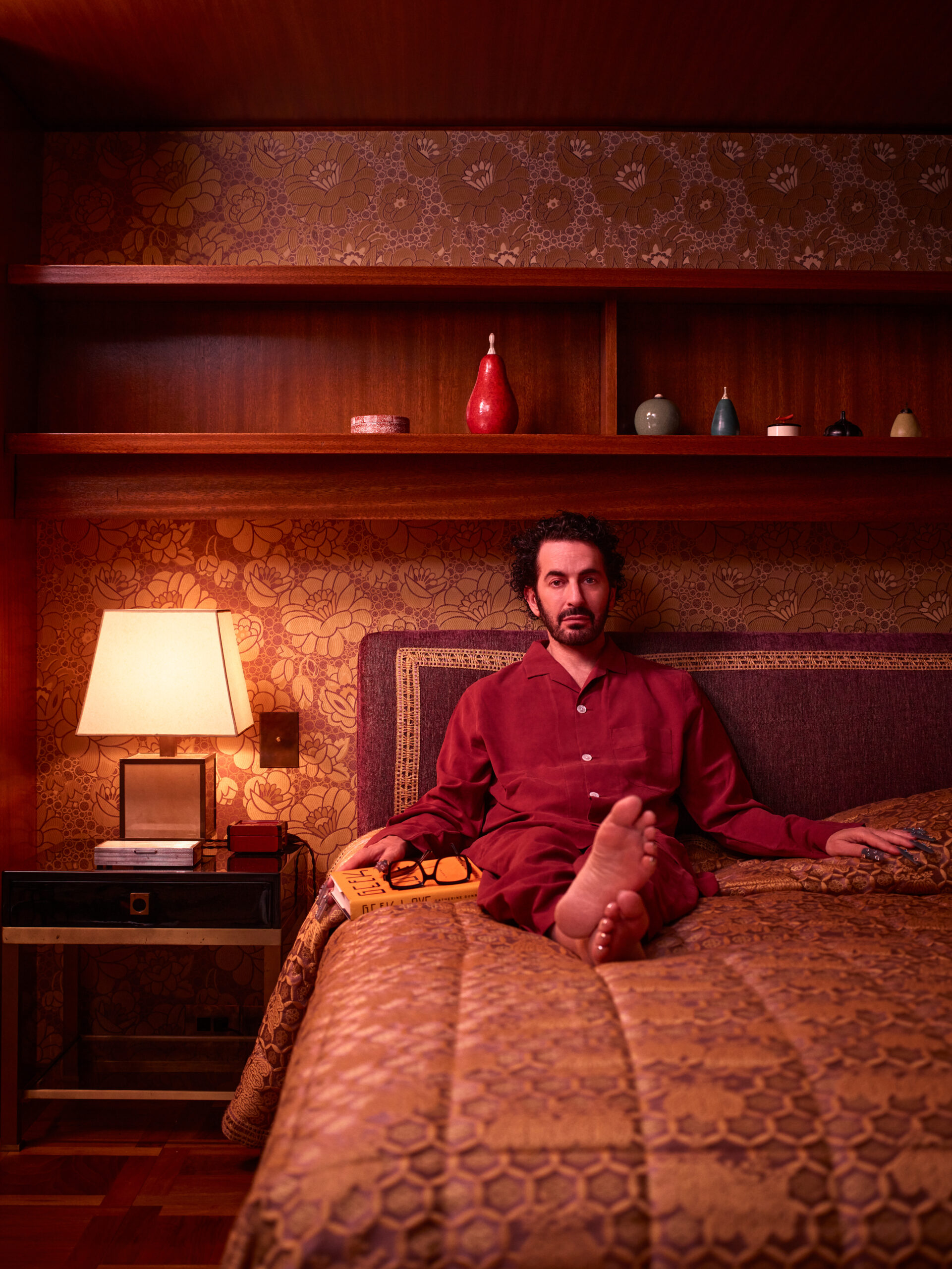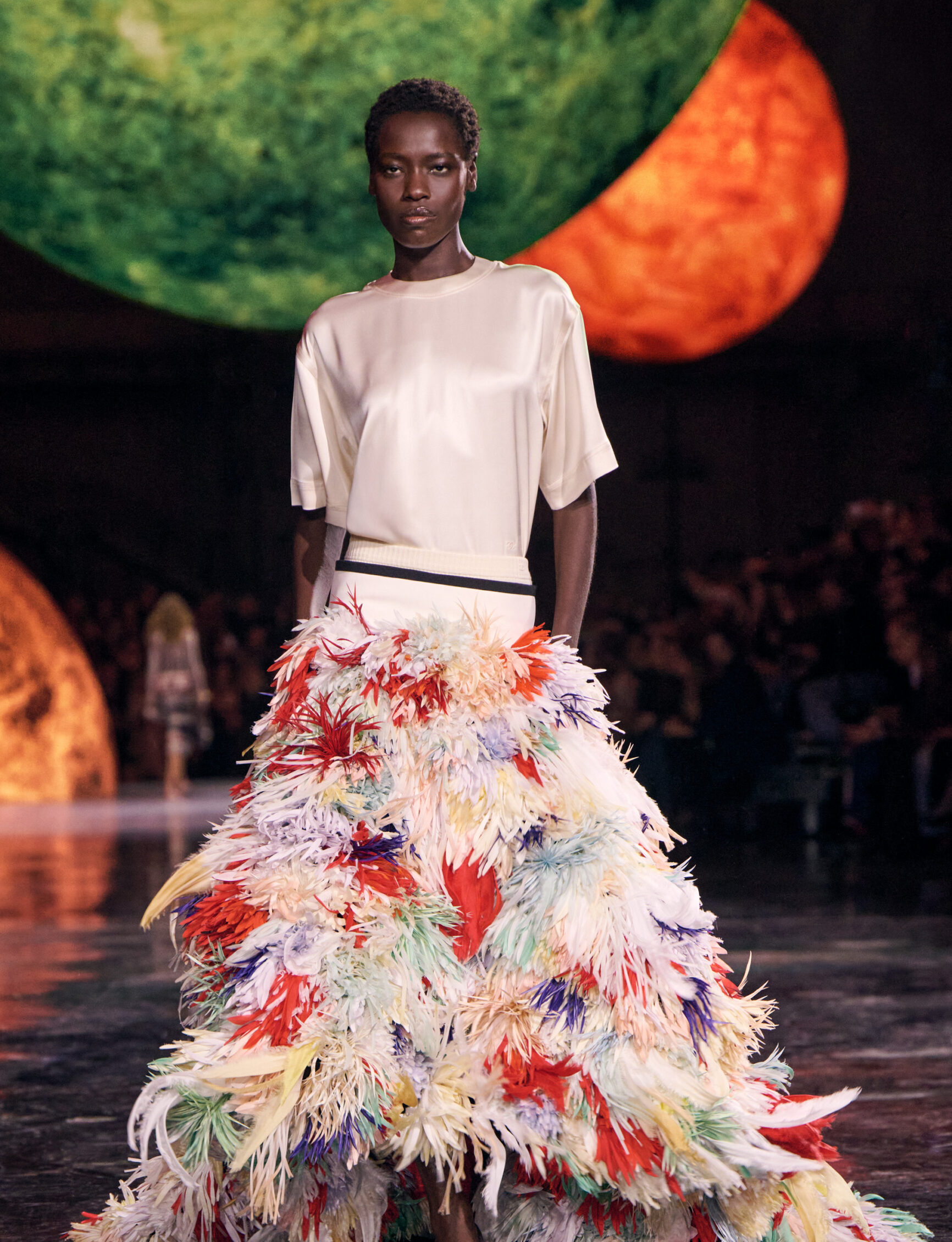
Matthieu Blazy’s Chanel Debut
Anders Christian Madsen reviews Matthieu Blazy’s debut collection for Chanel, for Spring/Summer 2026.
The stars aligned on Monday evening in the Grand Palais—for the house of Chanel, for its new creative director Matthieu Blazy, and for a fashion world, which finally found its resolution. Under a ceiling bejeweled with large planets illuminated in golden light, the French-Belgian designer presented his vision for the global (if not intergalactic) institution that is Chanel. The outer-space context served as a metaphor for the universal awareness of the house and its codes. In our own earthly sphere, at least, it’s hard to find a culture that isn’t somehow familiar with the interlocking Cs, the tweed suit, the little black dress, the two-tone shoe, the braided trims, the chain-strap quilted bag, the pearls, or the camellia.
For his debut, Blazy reinterpreted this cultural tapestry as if he’d seen it through the otherworldly eyes of another dimension. Everything felt new yet recognizable. It was a kind of revelation. The show opened with trouser suits cut in heritage menswear fabrics, their jackets cropped as a nod to the way Gabrielle Chanel would appropriate the wardrobe of her partner Boy Capel. Later came shirts created in collaboration with the fabled Parisian shirt-maker Charvet. They heralded a newly nonchalant Chanel, which persisted throughout the collection: a sense of a lived-in wardrobe imbued with history and character. The sensibility was cemented in a bag named the 2.55, structured with pliable wires around the edging for a beaten-up look.
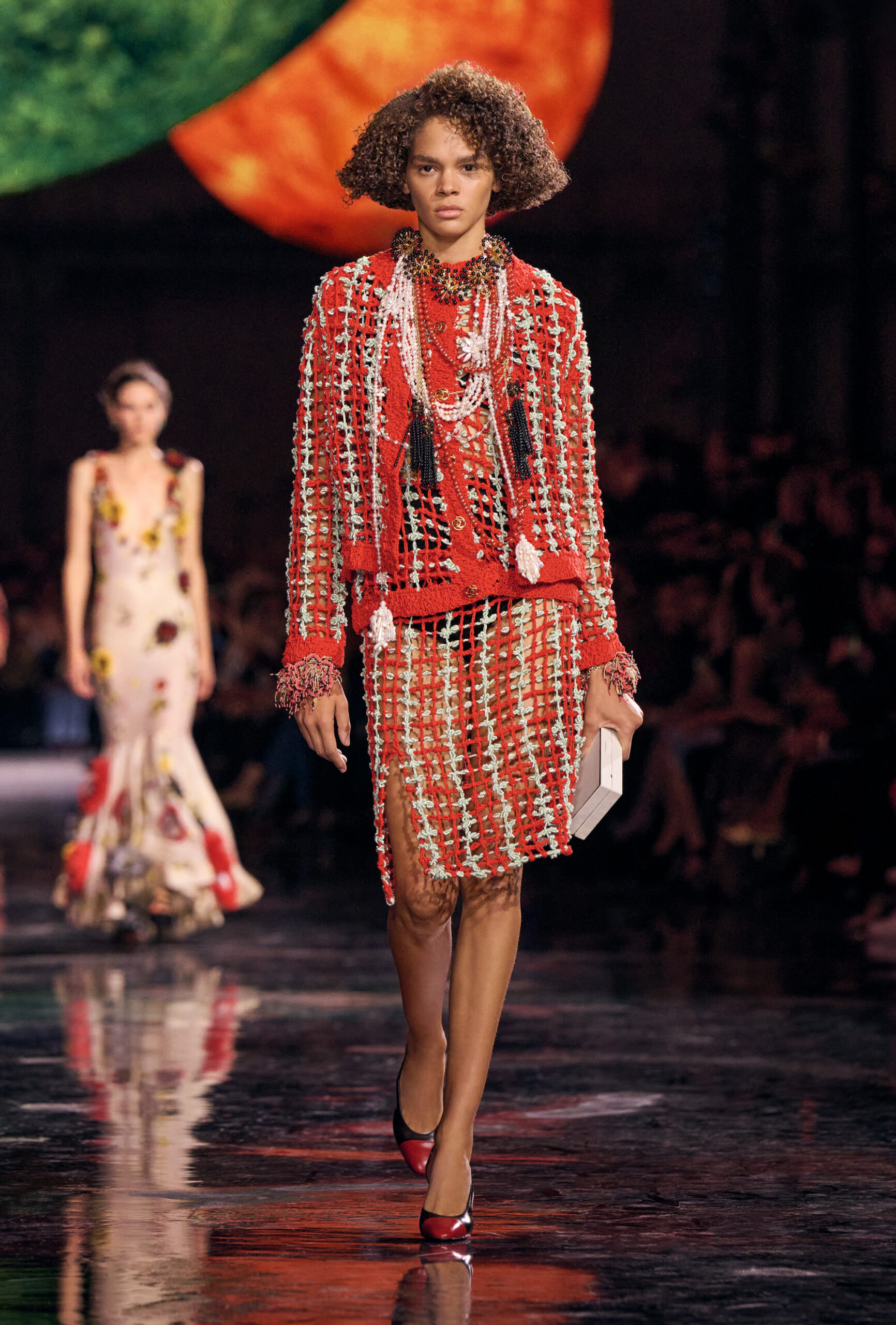
CHANEL
As the show progressed, Blazy slowly built up to the climax of the house’s skirt suit, infrequently using just the skirt or the jacket with other garments and shifting their material value between textured masculine cloths and silken feminine ones. Louche two-piece looks composed of matching shimmery, fluid skirts and tops–or knitted ones trimmed with camellias–paved the way for the classic. When the skirt suit arrived, it was different than before: light, casual, wrapped loosely on the body as if coolly thrown-on; some with wild plumage or frayed edging like heirlooms that had been customised and resurrected. It had stories to tell. But it also had a new point of view.
From then on, Blazy’s constructions fluctuated between time and genres. “[Chanel] has no time or space; this is an idea of freedom,” he said. His sentiment was reflected in a softness and looseness–especially in dresses and shirts–that felt new to the house. With ease and charm, he infused the silhouette with a sporty graphicness, then shifted to crafty checks and stripes, before he suddenly turned up the glamour with lashings of texture and plume that culminated in frothy ball skirts worn casually with silky T-shirts. As the soundtrack–a kind of classical techno remix of Rhythm is a Dancer–reached a crescendo for the finale, Blazy ran across the floor of the Grand Palais and embraced a clapping Awar Odhiang, who closed the show. He received a standing ovation.
